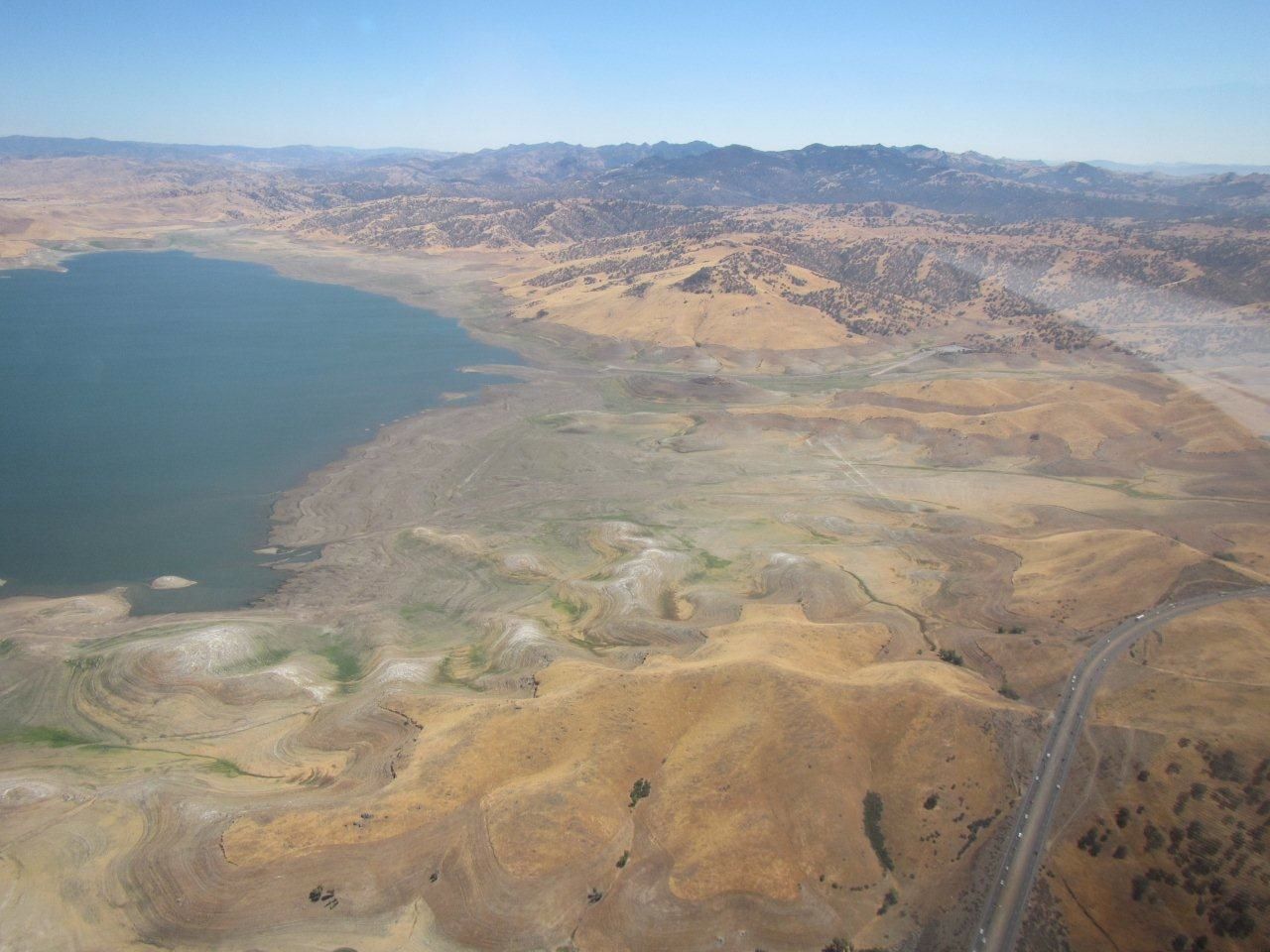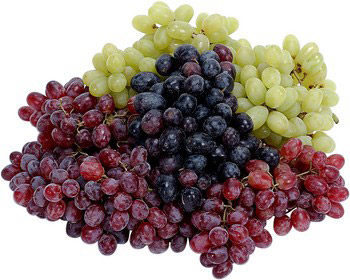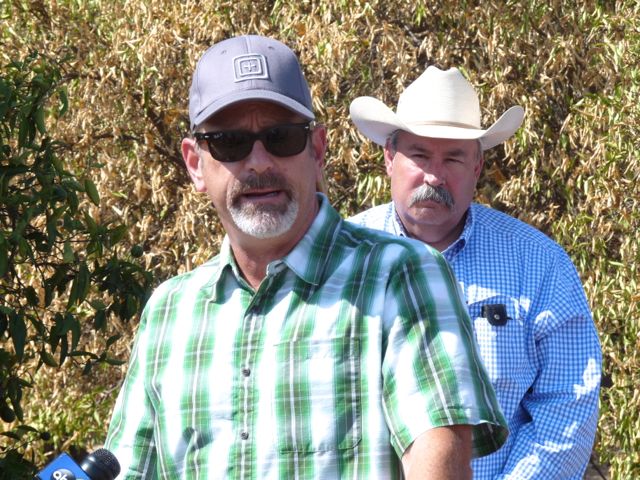China is Open For Business Again for California Citrus
China Opens For Fruit Imports Following 14 Months of Blocking
This past week the industry received verbal notice, which was confirmed in writing on Monday; that the Chinese market is now open for California citrus. “It has been over 14 months since we had official access to one our larger export markets,” reports Joel Nelsen, President of California Citrus Mutual. The industry must adhere to strict cultural practices, document the activity and fruit must be inspected prior to leaving shipping point.
“The credit for this final agreement must go to USDA/APHIS and their continued efforts to reach a mutually satisfactory goal,” Nelsen continues. “Obviously industry members urged a strong response after the apparent agreement last November fell through buy actually USAD and the APHIS team needed little nudging. They recognized the importance of the market and they were steadfast in support of our industry.”
The Chinese market is one of the industry’s largest export markets and is growing. Annually 4-5 million cartons are shipped and the number has been increasing with demand growing. Korea and Canada continue to lead in terms of cartons received but China is gaining on both as an export destination. The primary varieties shipped are navel oranges, lemons and Valencia oranges.






















